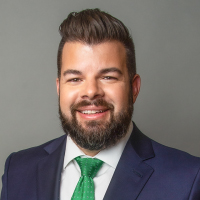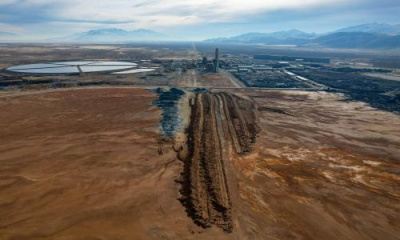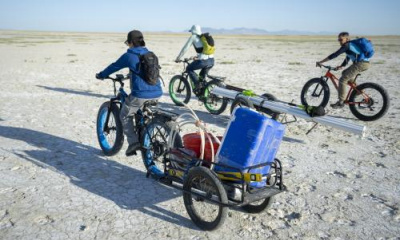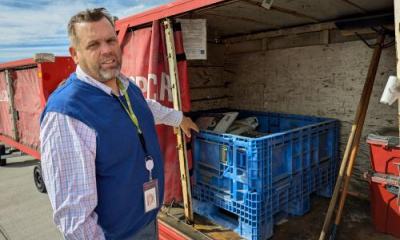SALT LAKE CITY — As construction crews worked to erect another massive warehouse, a small herd of antelope grazed nearby.
A coalition of environmental groups are pushing Salt Lake City to move quickly to declare a sizable portion of the area as a new "heritage area." It would help keep the area as a nature preserve even as the inland port and other development moves closer and closer to the Great Salt Lake.
"Unfortunately, it’s only a natural area in name at this point and that’s what needs to change. It needs protection so that it will never be developed," said Deeda Seed, a senior campaigner with the Center for Biological Diversity.
Seed's group, along with Friends of Great Salt Lake, the Audubon Society and local duck clubs approached Mayor Erin Mendenhall's administration for help to make it happen.
"Fortunately for us, Mayor Mendenhall has taken on this issue and is a champion for it," Seed told FOX 13 News on Monday.
The mayor submitted a $50,000 budget request to the city council to help convene property owners and stakeholders to create conservation easements for the area. The area would be thousands of acres northwest of the Salt Lake City International Airport. Salt Lake County is also expected to be part of the discussions.
"The water quality of the lake benefits from protecting the lands surrounding the lake," Mayor Mendenhall said in a recent interview with FOX 13 News about the idea. "And the benefits to the ecosystem immediately and in the long term, not only for the lake, but the people who live around it."
The goal is to create a buffer zone between encroaching development and the lake. Right now, big box warehouses that would be swept up in the inland port are developing right up to the line of what is currently natural preservation areas.
"This area that we’re in is supposed to be a eco-industrial boundary. It’s kind of an oxymoron," said Seed, who has been a critic of the inland port project. "But as far as we know, nothing has been done to define or establish that."
Laura Briefer, Salt Lake City's director of public utilities, said the Shoreline Heritage Area would be preserved for future generations.
"We have a lot of development in the inland port area and just land use and growth that’s happening really fast here, so I think the concept is we want to preserve this area for future generations."
The wetlands along the south shore are also significant, Seed said, in preventing a "hot spot" for toxic dust storms that come off the exposed lake bed. She pointed to a map that showed the area next to a dust zone that has already been emerging as a result of the lake's decline. Protecting the wetlands can help avoid exacerbating that problem.
"Even if people don’t care about birds, I’m sure they care about the air that they’re breathing," she said. "By protecting the south shore of Great Salt Lake, we can ensure better air quality."
But the land would not be locked up and people locked out. Mayor Mendenhall said she would like to see trails and other public access.
"Greater protection for the ecosystem surrounding the lake, the millions of birds that come through and rely on these wetlands for their very existence," the mayor said. "But it also can preserve access for recreation, agriculture use for the land. We also want to prioritize connectivity to the Legacy Parkway Trail in appreciation of these spaces that right now are gated off in many ways."
The Great Salt Lake hit its historic low last year, alarming city and state leaders. Salt Lake City has called for its residents to cut water use. This year, the city will also impose a "drought surcharge" on its highest water users to prod more conservation.
Briefer said this summer, the city hopes to finalize a legal agreement where it will permanently gift a massive amount of water to the Great Salt Lake upon completion of a new wastewater treatment plant.
"We would be gifting the water, all of the effluent that flows to the plant," she said. "That is between 33 and 35 million gallons per day."








